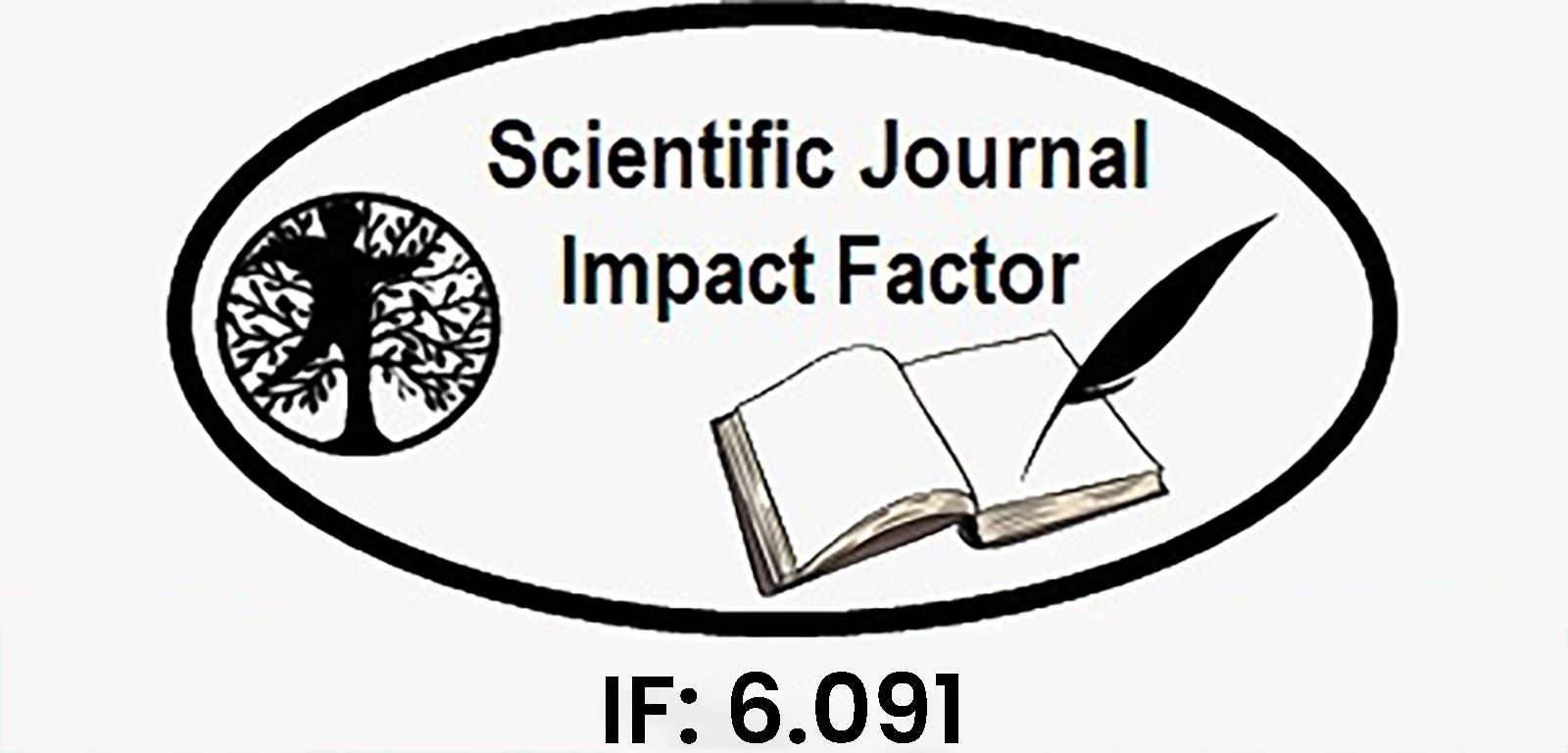HEALTH MONITORING ON SOCIAL MEDIA OVER TIME
Keywords:
major source, CDC (Centre for Disease Control), Google Flu Trends, TM–ATAM to detect transitions, most important transition, Ailment Topic Aspect Model (ATAM)Abstract
Social media has become a major source for analysing all aspects of daily life. Thanks to dedicated latent topic analysis methods such as the Ailment Topic Aspect Model (ATAM), public health can now be observed on Twitter. In this work, we are interested in using social
media to monitor people’s health over time. The use of tweets has several benefits including instantaneous data availability at virtually no cost. Early monitoring of health data is complementary to post-factum studies and enables a range of applications such as
measuring behavioral risk factors and triggering health campaigns. We formulate two problems: health transition detection and health transition prediction. We first propose the Temporal Ailment Topic Aspect Model (TM–ATAM), a new latent model dedicated to solving the first problem by capturing transitions that involve health-related topics. TM–ATAM is a non-obvious extension to ATAM that
was designed to extract health-related topics. It learns health-related topic transitions by minimizing the prediction error on topic distributions between consecutive posts at different time and geographic granularities. To solve the second problem, we develop T–ATAM, a Temporal Ailment Topic Aspect Model where time is treated as a random variable natively inside ATAM. Our experiments on
an 8-month corpus of tweets show that TM–ATAM outperforms TM–LDA in estimating health-related transitions from tweets for different geographic populations. We examine the ability of TM–ATAM to detect transitions due to climate conditions in different geographic regions. We then show how T–ATAM can be used to predict the most important transition and additionally compare T–
ATAM with CDC (Centre for Disease Control) data and Google Flu Trends.
Downloads
Downloads
Published
Issue
Section
License

This work is licensed under a Creative Commons Attribution-NonCommercial-NoDerivatives 4.0 International License.















